Among the collections preserved at the Biblioteca Statale Isontina in Gorizia, the best known and most important is surely that of Carlo Michelstaedter (Gorizia, 1887 - 1910), a singular figure of an intellectual who was a philosopher, poet, painter and caricaturist in the very short space of an existence that lasted only twenty-three years. He was the fourth son of a family of Ashkenazi Jewish descent, belonging to the wealthy Friulian bourgeoisie: his father Alberto was a stockbroker (but he nurtured a passion for local history and poetry), his mother Emma Coen Luzzato was a housewife, and young Carlo had from early on shown interests in drawing and literature, so much so that, after attending high school in his hometown (where he became passionate reading contemporaries, above all Carducci and D’Annunzio), and after initially enrolling in a mathematics degree program at the University of Vienna, he soon changed his mind to move to Florence, where he would study literature but where he would also attend courses at the nude school of the Academy of Fine Arts. In the meantime, he continued to cultivate his literary passions, however, turning his interests mainly to Leopardi’s production, and began to write in some newspapers: these were mainly theater reviews.
The abandonment of his initial youthful readings was sanctioned by Michelstaedter’s approach to the literature of Ibsen and Tolstoy (on the Russian writer he would also write an article in the Corriere friuliano in 1908). His literary and philosophical interests would later come together in a paper destined to become his dissertation as well as his best-known work, Persuasion and Rhetoric, anticipated, however by a Dialogue of Health in which the two protagonists, two of Michelstaedter’s friends (Rico and Nino) address the theme of hedonism and the pursuit of pleasure to reach the conclusion that “craving represents the telltale of a troubling emptiness, a non-being, a desire that is a sign of an ontological deficiency” (so Alexander Arbo), and in the face of which the individual is constantly struggling, but without the guarantee of being able to win since health is elusive. Shortly after finishing The Persuasion and Rhetoric, on October 17, 1910, Michelstaedter took his own life by shooting himself with a revolver: the causes of the act are still unknown. A few hours earlier he had had an argument with his mother, but it is unlikely that this was the reason for the suicide. It seems unlikely to think that, by committing suicide, Michelstaedter wanted to crown his philosophical journey. More likely he suffered from some form of depression, or felt some deep dissatisfaction with his existence: however, these are speculations for which there is no evidence.
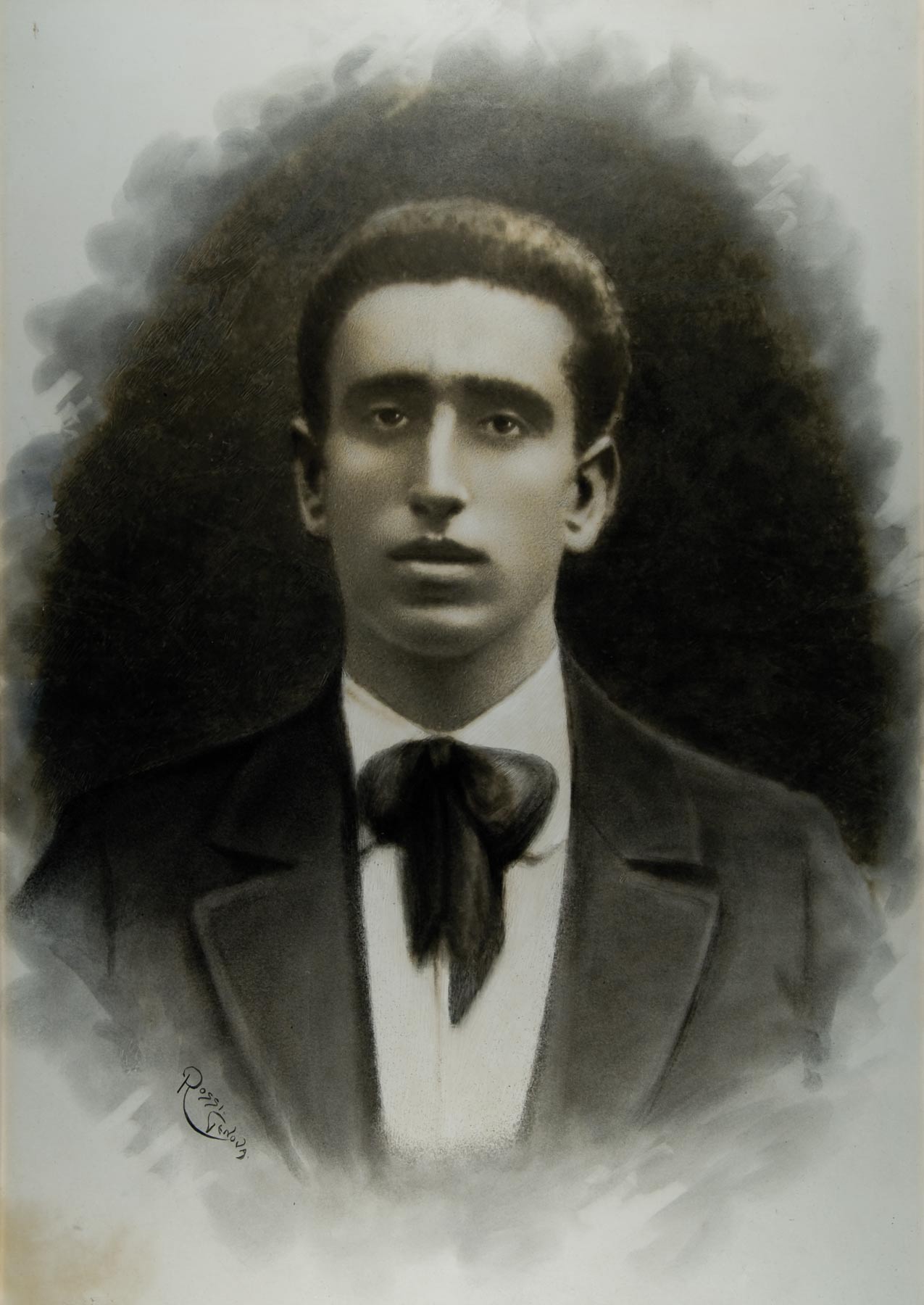
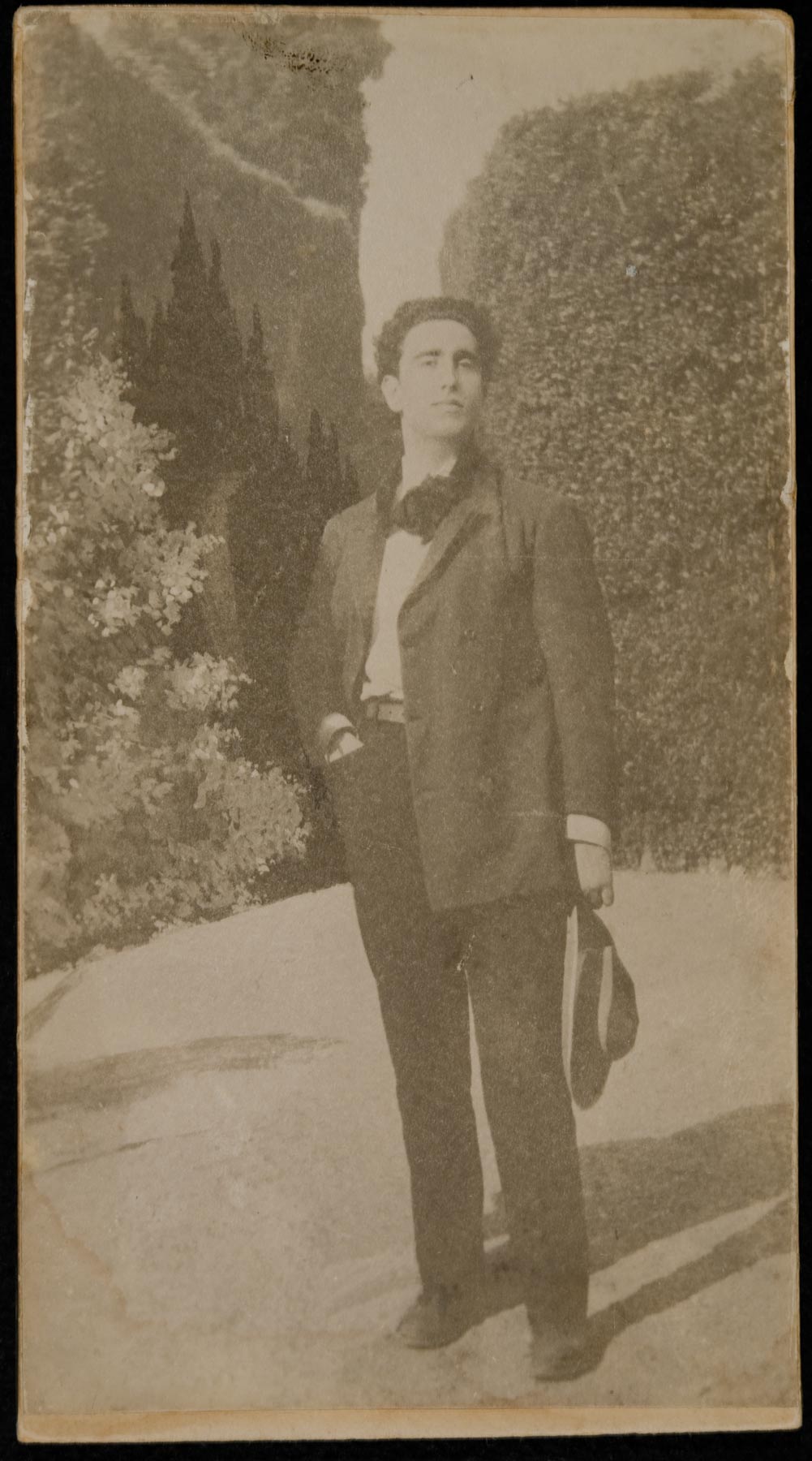
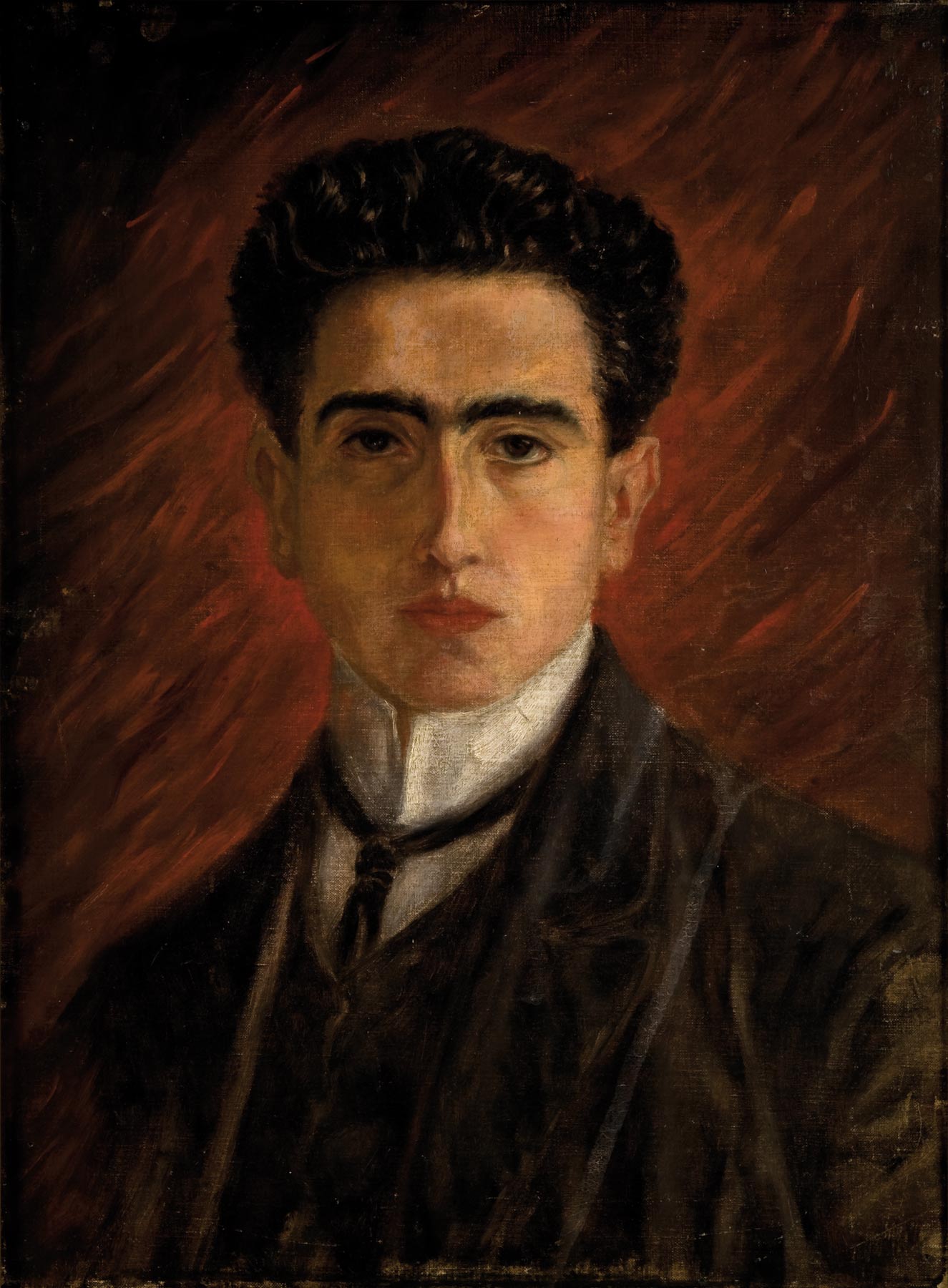
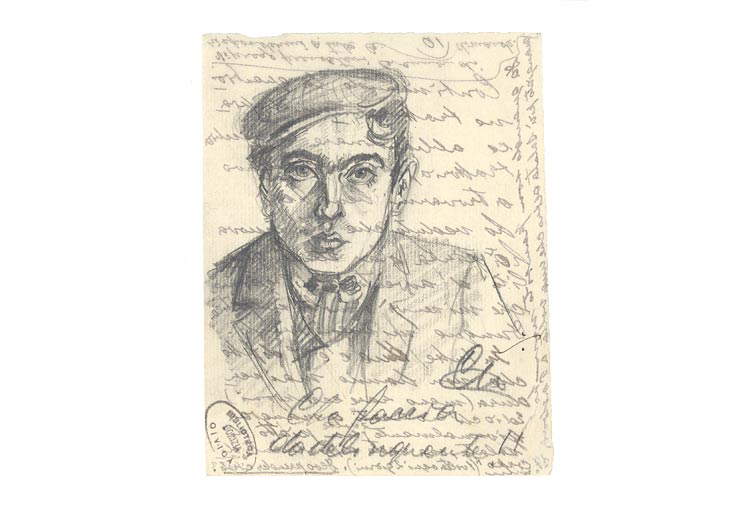
![Carlo Michelstaedter, Un artista. [Autocaricatura]. (originale perduto, riprodotto da Carlo Michelstaedter, Un artista. [Autocaricatura]. (originale perduto, riprodotto da](https://cdn.finestresullarte.info/rivista/immagini/2022/2124/carlo-michelstaedter-autoritratto-caricatura.jpg)
The chronicles of the time deplored the loss of a young man who was “handsome and dashing in person, exquisitely gifted to the physical and the intellect,” and who represented “a value for intelligence, for a generous and altruistic soul, for multiplicity and true genius of talent”: this was how he was described on October 18, 1910 in the pages of that Corriere friulano for which he had occasionally collaborated. The Michelstaedter fund of the Isontina Library in Gorizia now preserves the memory of a thinker who, after a posthumous re-reading of his meager but intense production, was considered one of the most brilliant minds of Italian and European philosophy at the beginning of the 20th century. A patrimony that would perhaps have been lost had it not been preserved with great care by his family members: the writings, letters, postcards, photographs, drawings, paintings, and books he possessed allow for an otherwise impossible delve into his personality. And this despite the hardships suffered by the trunk that contained his precious papers: the Michelstaedters’ house was in fact damaged during World War I (Gorizia, after all, was on the front lines), and when their town was occupied by the Germans in 1943 and the Jewish residents deported to the Nazi death camps (a fate that befell his mother Emma and sister Elda: both would not return home), the trunk with Carlo’s belongings nevertheless managed to survive. It was in fact collected by a neighbor, Maria Benedetti, who delivered all the material to the only surviving member of the family, Paula Michelstaedter, Carlo’s sister, who had married a Swiss citizen and was no longer staying in Gorizia. Many paintings, which remained hanging in the house, had also been saved, and the same for some papers kept in the drawers of the Michelstaedter home.
The works of Carlo Michelstaedter thus began to be studied: the scholar Gaetano Chiavacci was the first to publish, in 1958, an edition of the Works of the young Gorizia philosopher, for the Sansoni types, arousing interest around his figure, facilitated by the fact that his sister Paula did not deny anyone the viewing of the material in her possession. “Except for a few things owned by friends and a few paintings and drawings that were lost,” reconstructed Antonella Gallarotti, conservator of the Isontina, “presumably precisely in the course of publishing initiatives that were meant to enhance them, everything Carlo Michelstaedter left behind that was written, drawn and painted is collected in Paula’s house.” And it was precisely what was collected in Paula Michelstaedter’s house that constituted the founding nucleus of the archive now preserved at the Isontina Library in Gorizia. Her sister guarded everything until her death on June 14, 1972: in her will she had empowered her son, Carlo Winteler (the fact that she gave him the same name as her brother testifies to the very strong bond Paula had with Carlo when he was alive: she was the sister he bonded with the most, partly because she was the one he was closest to in age), to choose some of his uncle’s paintings, but his nephew preferred that the collection remain intact and passed everything to the Gorizia Library. It was March 4, 1973, when the Michelstaedter Fund was officially established. In charge of the first sorting of the material were the scholar Sergio Campailla (pointed out by Winteler himself) and the then director of the institute, Guido Manzini. The work of classification ended in 1974 and the Fund could be presented to the public during a specially convened conference. However, the history of the fund, which contains 45 manuscripts in the philosopher’s own hand, 210 letters, 14 albums, 7 books owned by him, 42 paintings and 26 drawings kept in two folders, did not end that day: since then it has frequently been enriched with articles, dissertations, essays, and books dedicated to the figure of Carlo Michelstaedter.
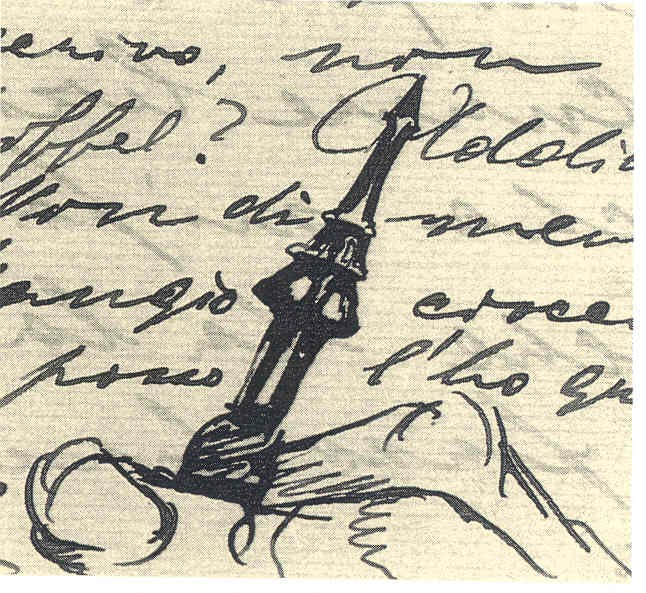
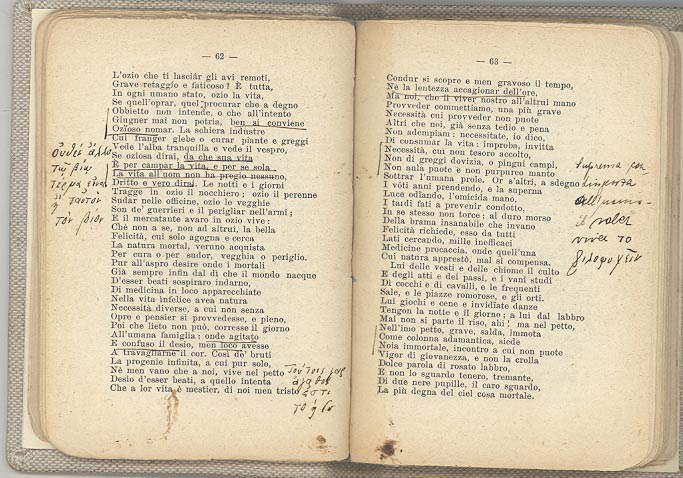
What specifically does the collection preserve? The first section contains letters to the family, written at the time of his university studies. A separate placement have instead the letters to Paula, Carlo’s confidante, with whom he dealt with the most intimate topics. Then there are the letters to friends, starting with Gaetano Chiavacci who, as seen, would later be the first to publish his work, and those sent to various subjects. The second section, on the other hand, is devoted to his scholastic writings: notes on Homer, Aeschylus, Beethoven, notes on Ibsenian readings, the term papers he wrote to pass his university studies, including one on Lessing and Baretti and The Chorus in Theory and in Some of Its Original Forms in Italy, which rank among his most studied writings. Then there are notes on philosophy, particularly on Parmenides, Heraclitus, Empedocles, and Plato, dating from between 1909 and 1910, and those on literature, philology, philosophy, history, art history, and music. Instead, the more challenging works, namely Poems (dated between 1905 and 1910 and written on loose sheets), Dialogue of Health, and Persuasion and Rhetoric, are kept in the third section. Finally, the drawings are collected in the fourth section.
Of particular interest are the poems, written in a style that, scholar Marco Fortunato pointed out, places Carlo Michelstaedter outside any chronological or scholastic cataloging: it is, he explained, a “thinking poetry that its author keeps in continuous and conscious connection with his own philosophical assumptions and claims.” It is a poetry often imbued with Leopardi and D’Annunzio suggestions together: suffice it to read one of the best known, Friend, the vast sea surrounds me, written in Piran in August 1908, where the protagonist is the sun (“a neo-romantic topos of which very significant references are discernible in Nietzsche and Slataper,” Antonello Perli has written), the symbol of spiritual enlightenment that makes the poet aware that the purpose of existence should be the “fullness of being,” and not the search for ephemeral satisfactions. We then move from the existential boredom of Dicembre, among Michelstaedter’s darkest poems, to the sparse and laconic lines of Canto delle chrysalidi, a poem in which the philosopher writes that “death / a vivere ci aita,” that “vita / sarà our death,” and that “in life / we live only death,” reasoning that death has sometimes been regarded as the horizon to which the concept of “persuasion” on which Michelstaedter bases his philosophical thought tends.
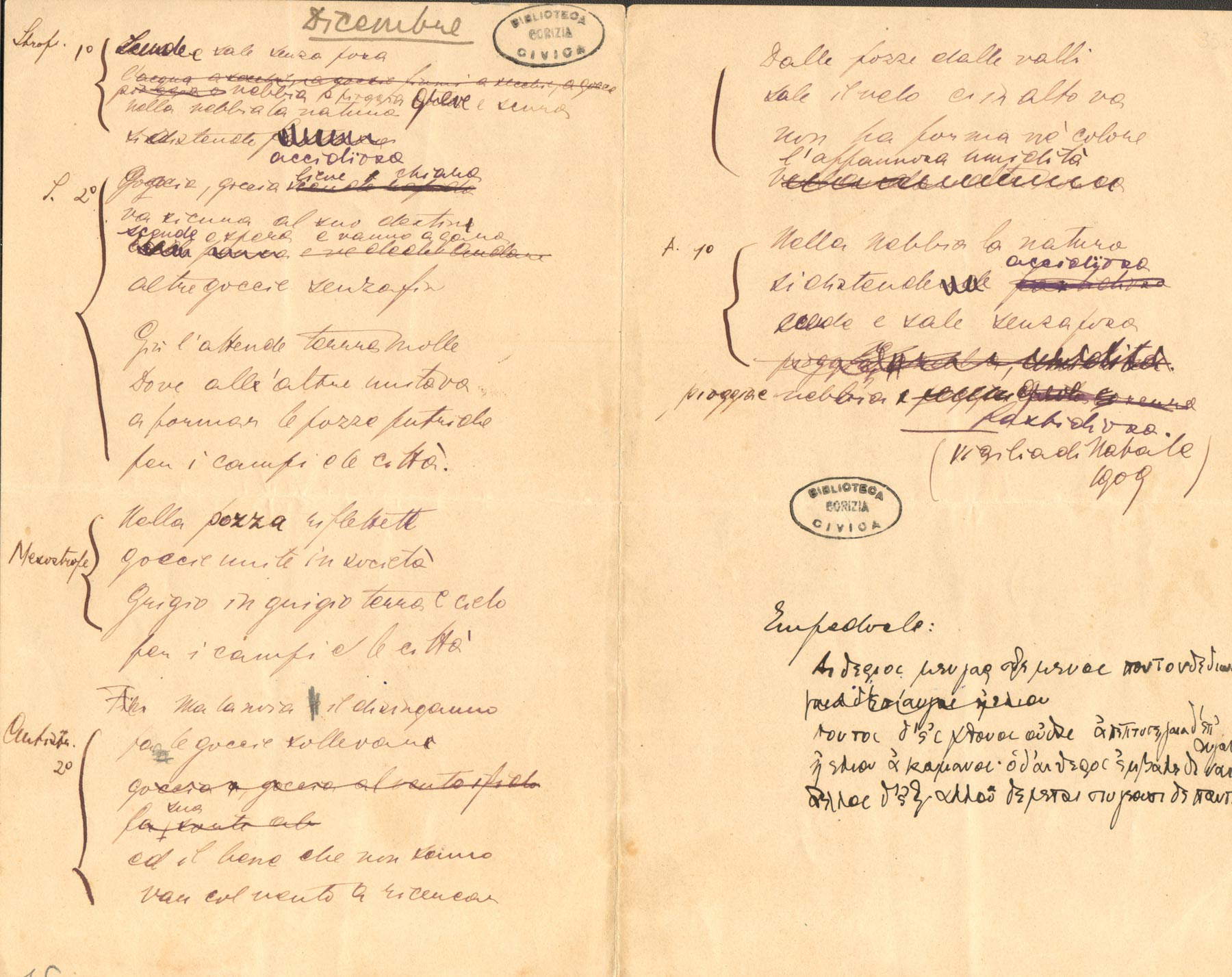
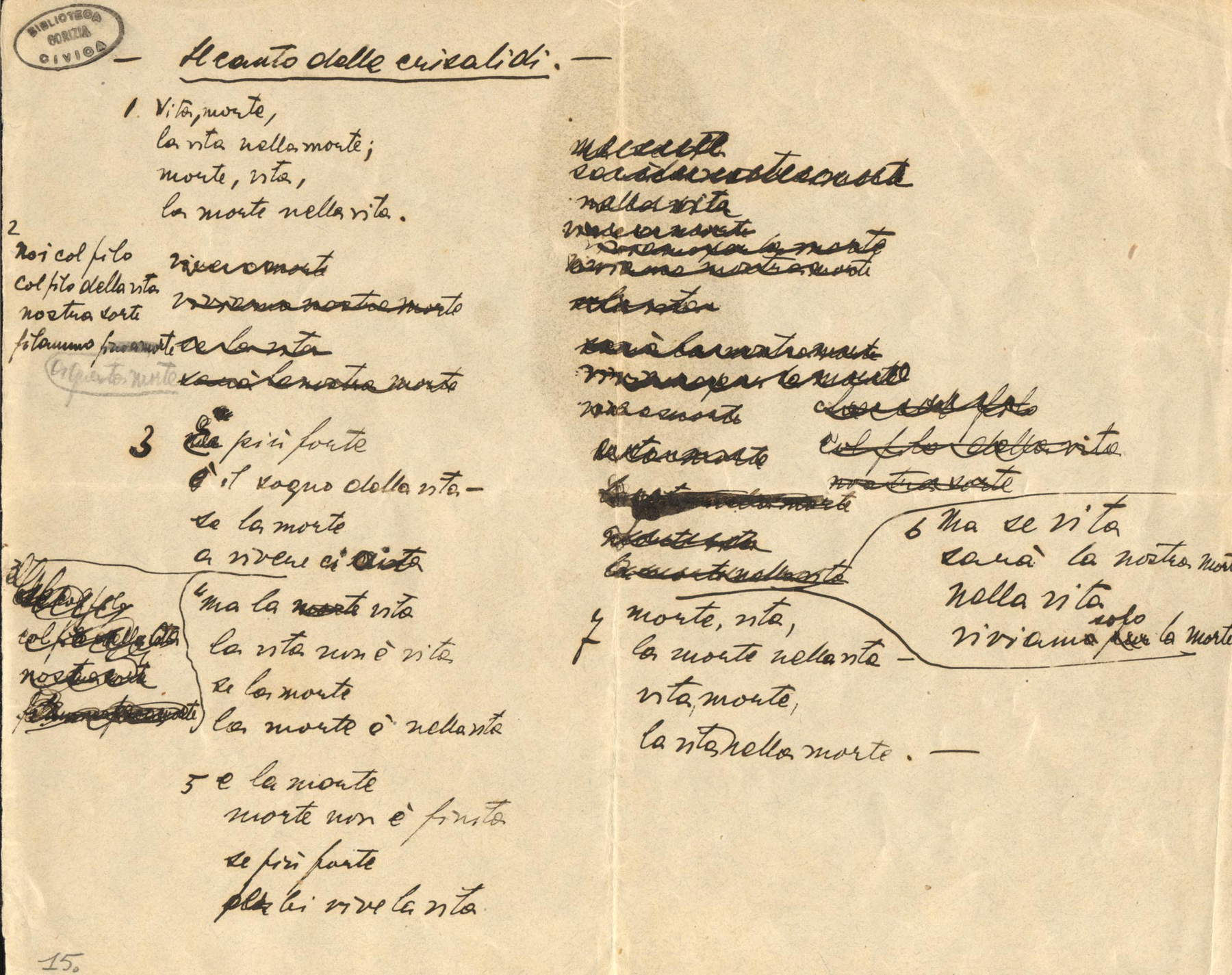
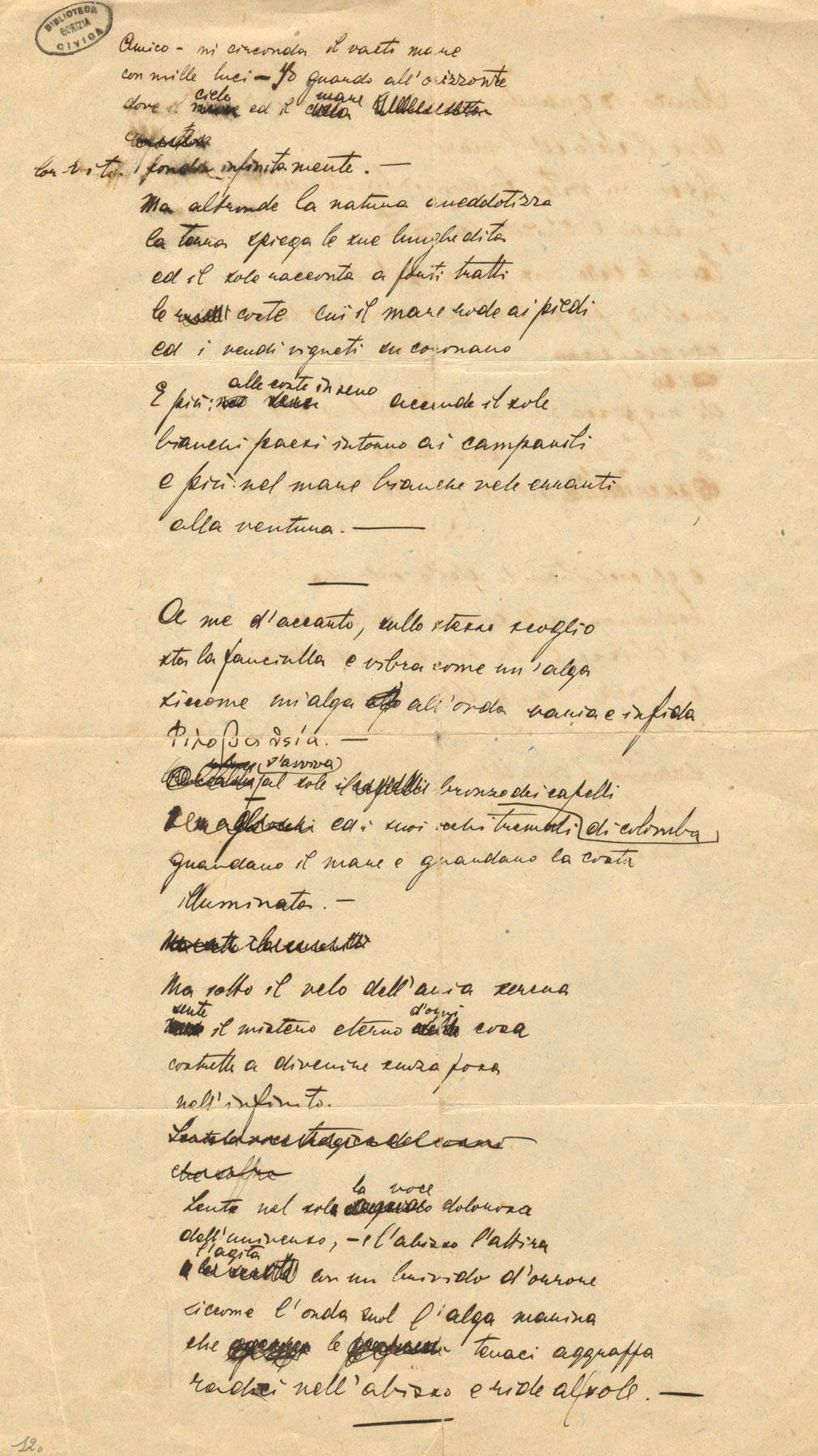
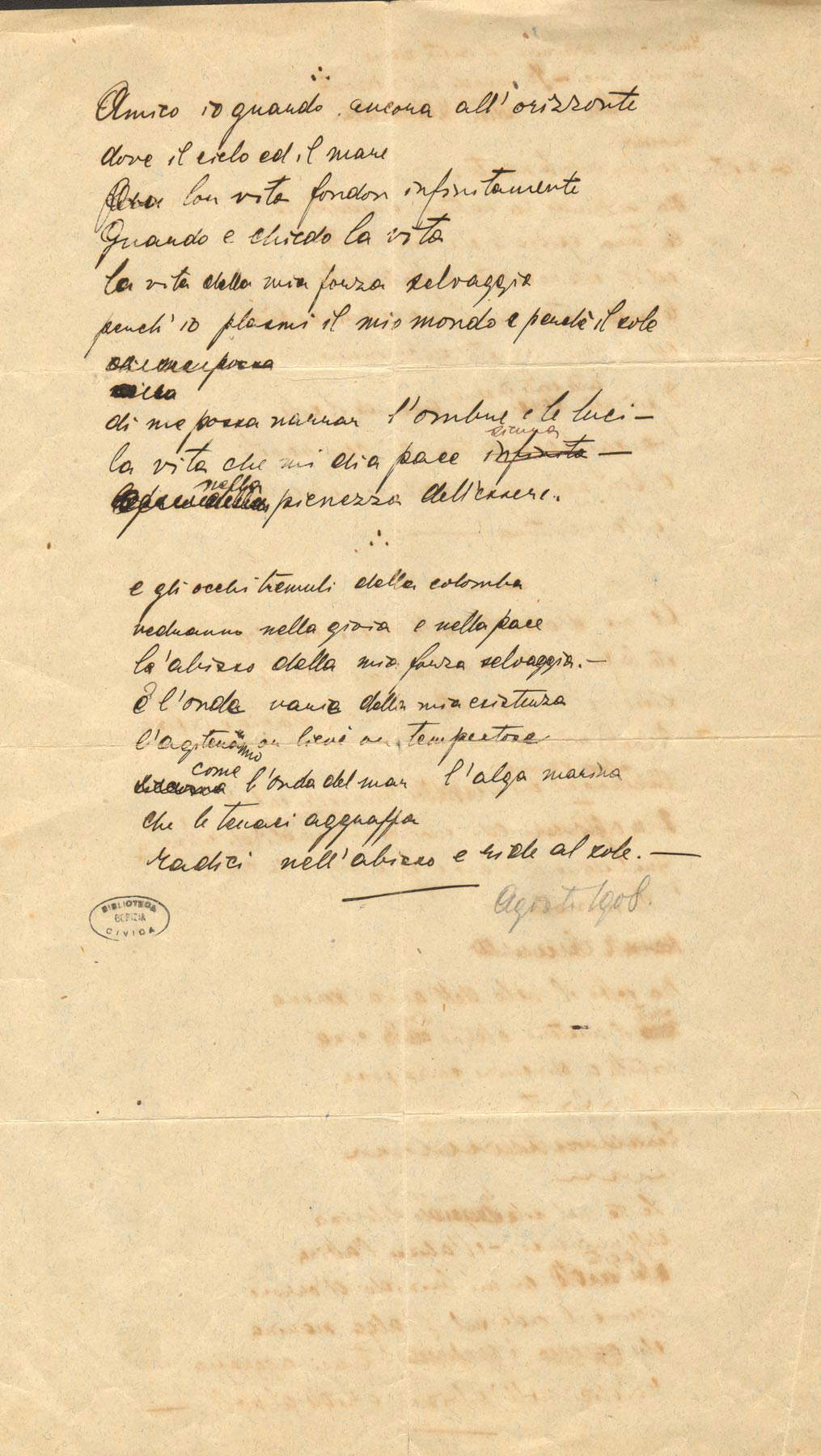
According to what Michelstaedter asserted in The Persuasion and Rhetoric, life takes shape “in an inexhaustible pendulum between two polarities: on the one hand, desire, need, pain, and on the other, satisfaction, pleasure, boredom” (so Luca Perego and Erasmo Silvio Storace). Human beings deceive themselves through illusory persuasion: that is, they believe they can find the satisfaction of their desires outside themselves. And life, according to Michelstaedter, thus becomes a continuous quest to satisfy ever new needs that are instilled in him by the "god of philopsychía [love of life, ed.],“ or pleasure, whose purpose, through ”rhetoric,“ is to provide human beings with ever different pleasures to satisfy their needs. Instead, true ”persuasion“ serves to overcome illusions: ”there is nothing to expect, nothing to fear, neither from other men nor from things,“ Michelstaedter wrote. According to the philosopher, one takes the path of persuasion by directly or indirectly experiencing pain, which has the power to sever ties with the pursuit of illusory pleasure. The persuader is thus the one who possesses himself, who asks nothing of the future, who consequently does not fear death, who ”lives only by himself.“ ”He who wants to have a moment only his life, to be a moment only persuaded of what he does,“ writes Michelstaedter, ”must take possession of the present; see each present as the last, as if it were certain after death: and in the darkness create life for himself. To him who has his life in the present, death takes nothing away; for nothing in him asks any more to continue; nothing is in him for the fear of death. [...] The needs, the necessities of life, are not necessities for him, for it is not necessary that life be continued, which, in need of everything, turns out not to be life."
Michelstaedter never had a chance to discuss his thesis, which probably, according to many scholars, would not have been accepted. It was, however, printed posthumously in 1913 by his friend Vladimiro Arangio-Ruiz, and already a few years after Carlo Michelstaedter’s death people were beginning to talk about his thought in academic circles. Today he is recognized as one of the most interesting thinkers of the early 20th century, capable of anticipating several themes of 20th-century philosophical research. And alongside his poetic and philosophical work is his graphic and pictorial work, the last to be studied, but which like the other branches of Carlo Michelstaedter’s activity reveals, with its closeness to the languages proper to expressionism, a complex and fascinating personality, despite his very young age.
The origins of the Isontina State Library of Gorizia go back to the library of the Jesuit college in the Friulian city, which from the date of its founding in 1629 continued to expand until 1773, when Empress Maria Theresa of Austria decreed the suppression of the order. The Jesuit library was then reorganized and reopened in its present location, Palazzo Werdenberg, between 1780 and 1810, by the Piarist Fathers, after which it was badly damaged during the Napoleonic occupation in 1810, and following the Restoration became one of the six study libraries of the Austrian Monarchy (1822) and was opened to the public in 1825, retaining until 1914 its functions as the Regional Library of the Littoral (Venezia Giulia).
During World War I, part of the books in the Gorizia library were transferred for security reasons to Graz, Austria, while those that remained on the premises were damaged. During the Italian occupation, the remaining books were rescued at the Biblioteca Laurenziana in Florence, where they remained until 1919, when the Gorizia library was reconstituted into the Biblioteca Statale, directed by Carlo Battisti: the war damage having been dealt with, the library returned to the premises of Palazzo Werdenberg, together with the collections of the Provincial Library (which in 1941 moved to Palazzo Attems) and the Civic Library, founded in 1888 (to which the Statale is still united). The library suffered further damage during the German, Yugoslav and Anglo-American occupations of World War II, but after the war the damage was again repaired. In 1967 the Library took on the name Statale Isontina with new and more important cultural tasks, as evidenced by both the rapid and promising increase that the Gorizia Library Institute has had in the most recent period in its library holdings (as of December 31, 2021, it consisted of 438,268 volumes) and in the number of patrons, and its significant presence in the city area.
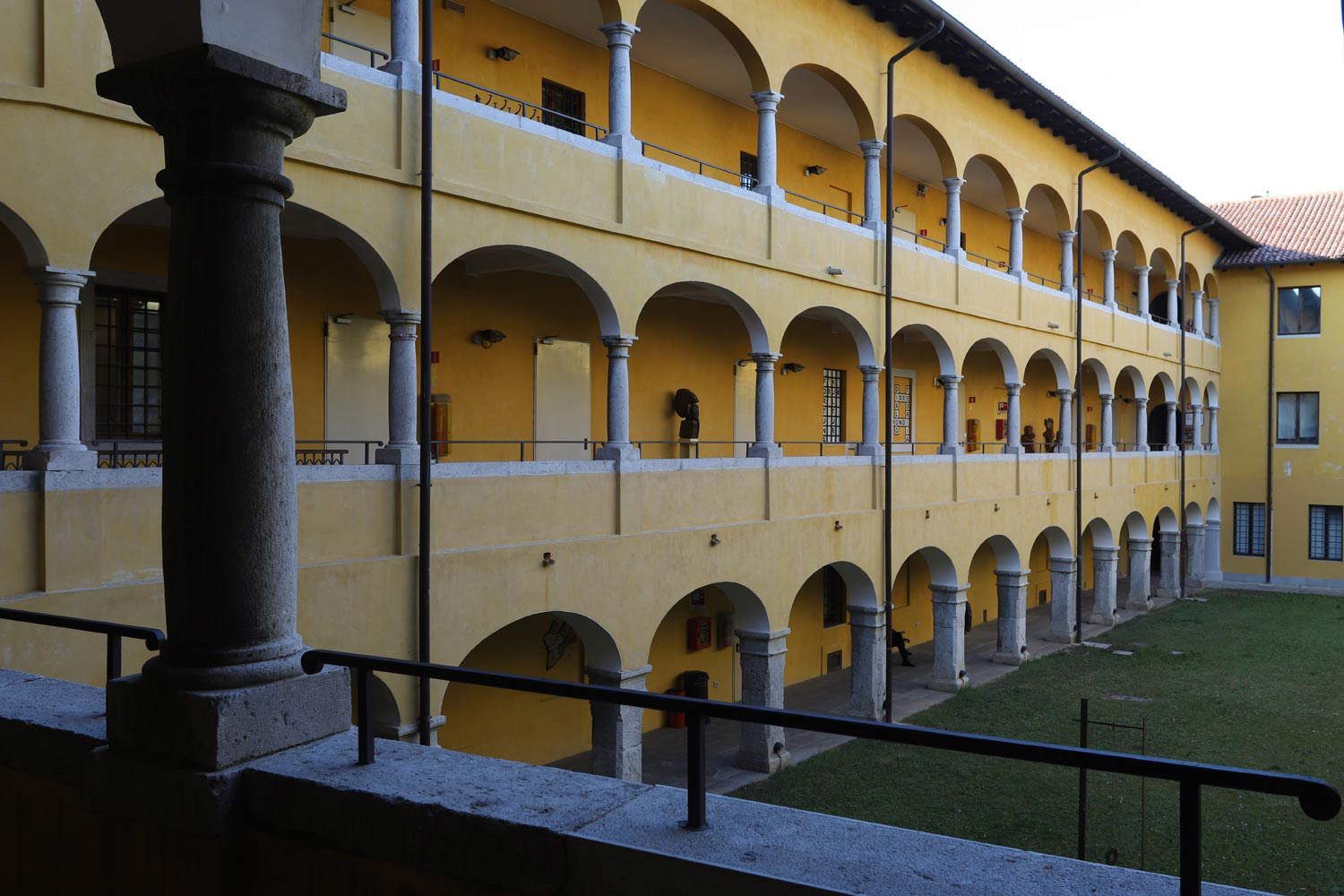
Warning: the translation into English of the original Italian article was created using automatic tools. We undertake to review all articles, but we do not guarantee the total absence of inaccuracies in the translation due to the program. You can find the original by clicking on the ITA button. If you find any mistake,please contact us.